We use cookies to help you navigate efficiently and perform certain functions. You will find detailed information about all cookies under each consent category below.
The cookies that are categorized as "Necessary" are stored on your browser as they are essential for enabling the basic functionalities of the site. ...
Necessary cookies are required to enable the basic features of this site, such as providing secure log-in or adjusting your consent preferences. These cookies do not store any personally identifiable data.
Functional cookies help perform certain functionalities like sharing the content of the website on social media platforms, collecting feedback, and other third-party features.
Analytical cookies are used to understand how visitors interact with the website. These cookies help provide information on metrics such as the number of visitors, bounce rate, traffic source, etc.
Performance cookies are used to understand and analyze the key performance indexes of the website which helps in delivering a better user experience for the visitors.
Advertisement cookies are used to provide visitors with customized advertisements based on the pages you visited previously and to analyze the effectiveness of the ad campaigns.
John discovered ceramics while still at school in his native New Zealand. He was also inspired by watching a neighbour throwing a pot on the wheel and that cemented the desire to learn more. After attending night classes to learn the basic, he built a kiln and shed in the back garden to continue making and experimenting.
In 1970 John came to London to study music at Trinity College of Music London. It was during this time that he was attracted to French Baroque music for the Organ and Harpsichord. A style that has influenced his ceramics. “A simple line of music is offered to the performer who then embellishes and extemporises on the theme to create movement and in a sense a “one off performance”. Whilst on the post graduate course at Goldsmith’s College University of London in 1992, John combined his music experience with working with porcelain. He takes a simple form then embellishes and alters the form to create movement that renders the piece a “one off”.
In recent years John has been experimenting with agate ware. How you place the colour determines where and how this is revealed in the finished work. The work is then polished with no need for glazing. It is fired in an oxidizing atmosphere.
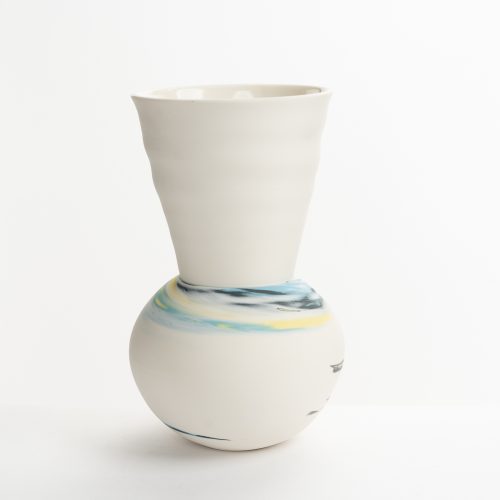
PRODUCT CODE:JD114Y720

PRODUCT CODE:JD114Y713
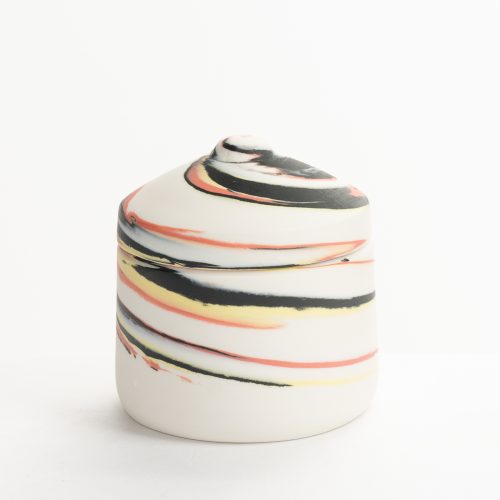
PRODUCT CODE:JD114Y706

PRODUCT CODE:JD114Y704
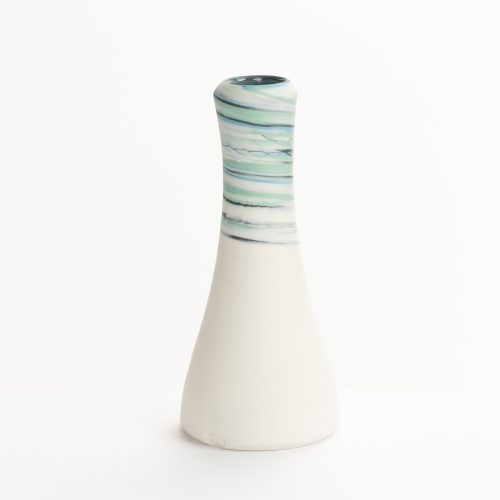
PRODUCT CODE:JD114Y712

PRODUCT CODE:JD114Y708
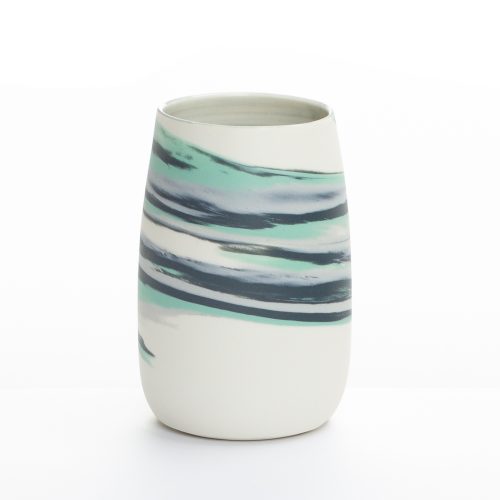
PRODUCT CODE:JD114Y700
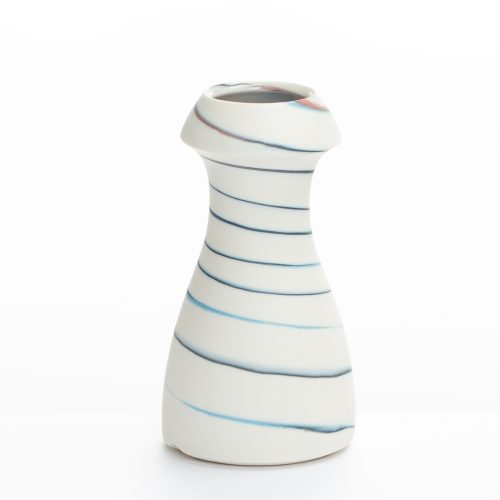
PRODUCT CODE:JD114Y697

PRODUCT CODE:JD114Y689

PRODUCT CODE:JD114Y694